
The town of Nicoya celebrates in December one of its most important traditions: The festivities in honor of the Virgin of Guadalupe. The second Saturday of November, the faithful and woodcutters meet at the Guild to chop wood that will be used to cook during the following year’s festivities. This is a sleepless day of food, festivity, and devotion, called Pica e’ leña in Spanish, and every year it provides us with colorful images, little by little, as daylight comes.
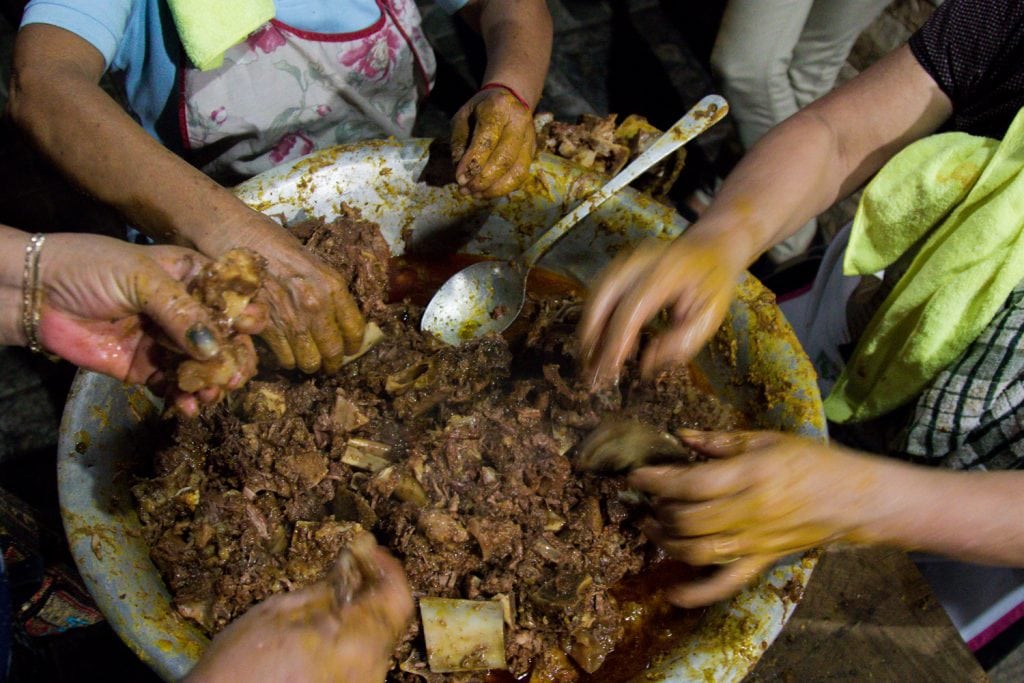
Cooks arrive at the Guild at 2 a.m. to begin their tasks. This year, several cows were sacrificed in order to feed all the participants of the woodchopping tradition, called Pica e leña in Spanish. “The large quantity of beef that is offered up during the festivities was what Spanish colonists used in order to stop the human sacrifices that the Chorotega indigenous tribes used to do,” says Nicoyan historian and writer Carlos Arauz.
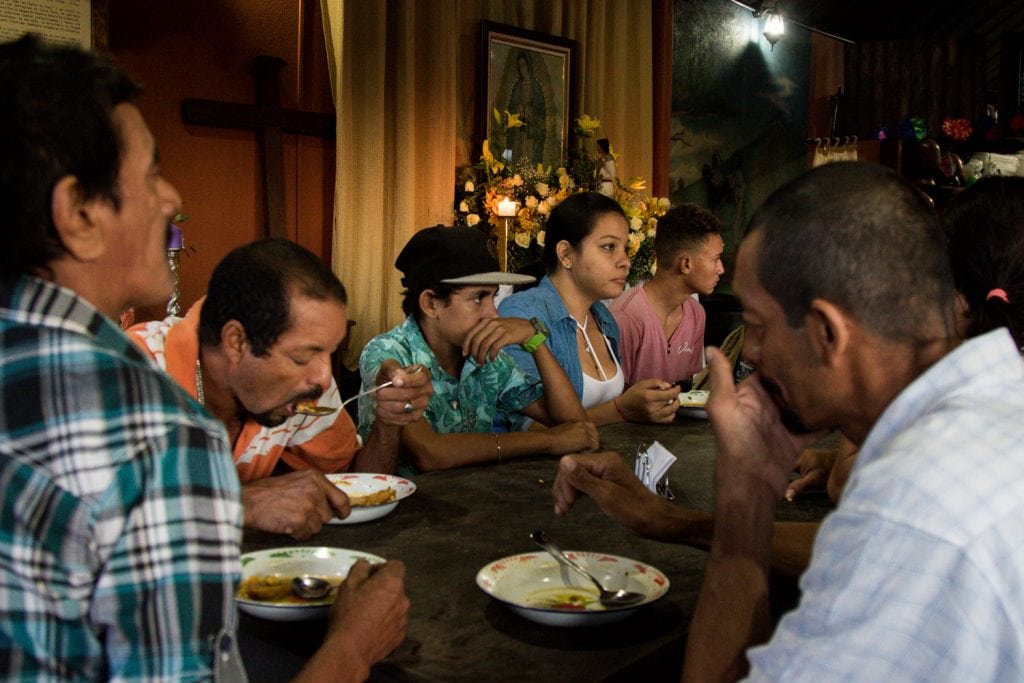
Woodcutters start arriving at the Guild at 4a.m. to eat breakfast. Afterwards, they take off in a truck or on foot to a field at the La Cruz hill (or Las Cruces as it was known before because of its three crossings) where the wood is cut every year.
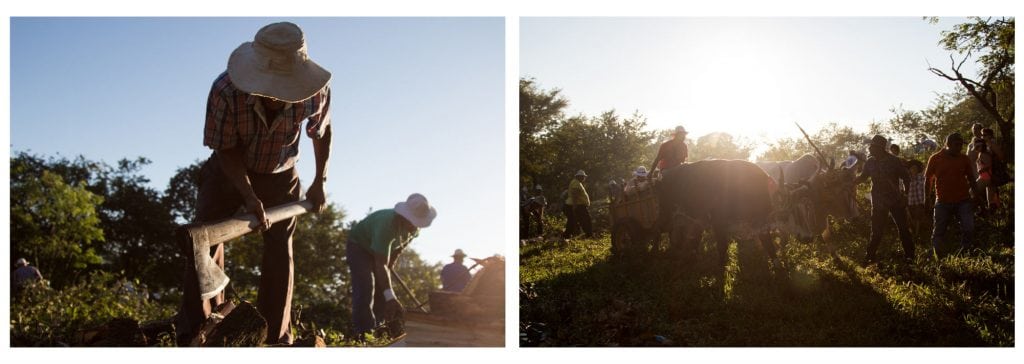
By indigenous tradition, wood must be chopped in a field south of town at the foot of the La Cruz hill on a date no later than November 12.
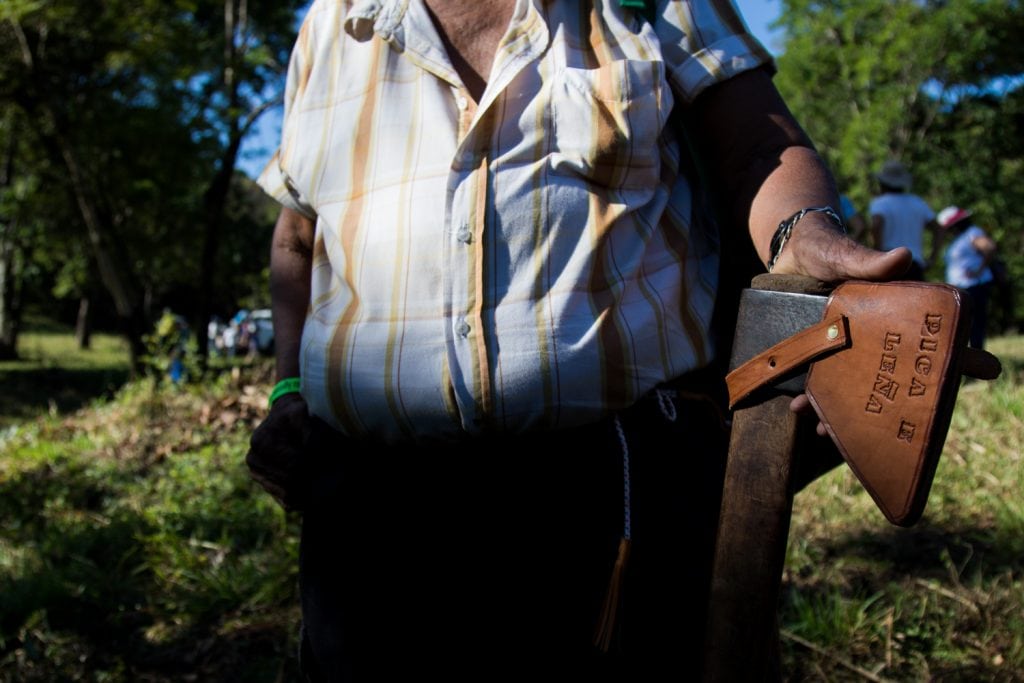
While people come from far away places like San Jose to observe the Pica e Leña festival, the activity is attended mainly by residents of Curime, Las Casitas, Mansión, San Antonio, downtown Nicoya and other nearby communities.
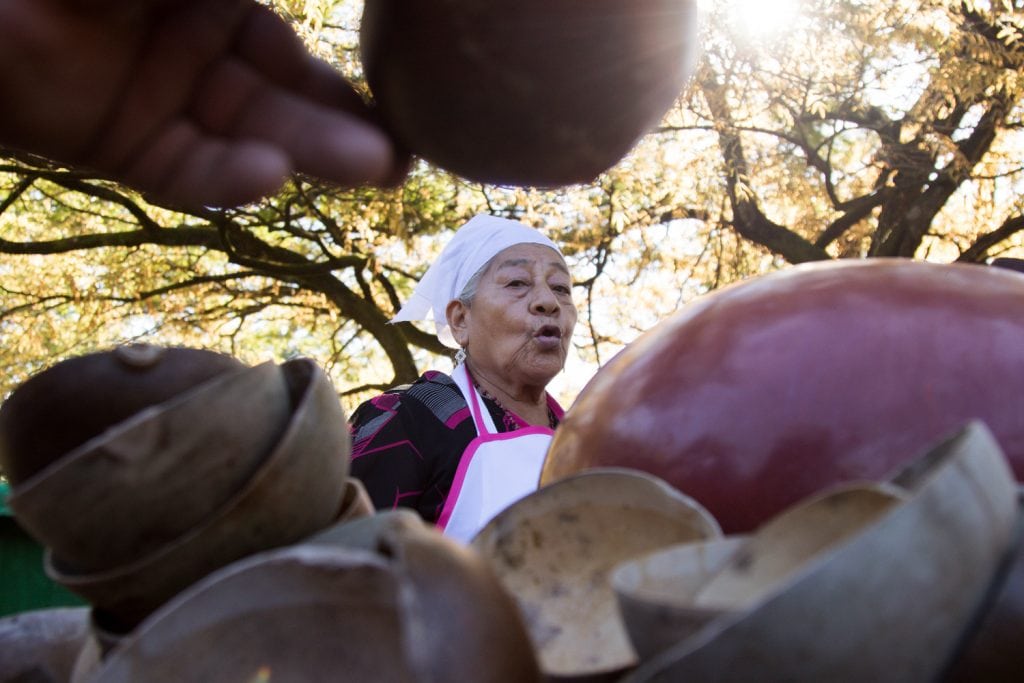
Miss Azucena hands out chicheme to those in attendance at the Woodchopping Festival and asks for the calabashes to be returned because they will be used during December’s festivities. She is the woman of indigenous descent who has participated the longest in the guild’s festivities.
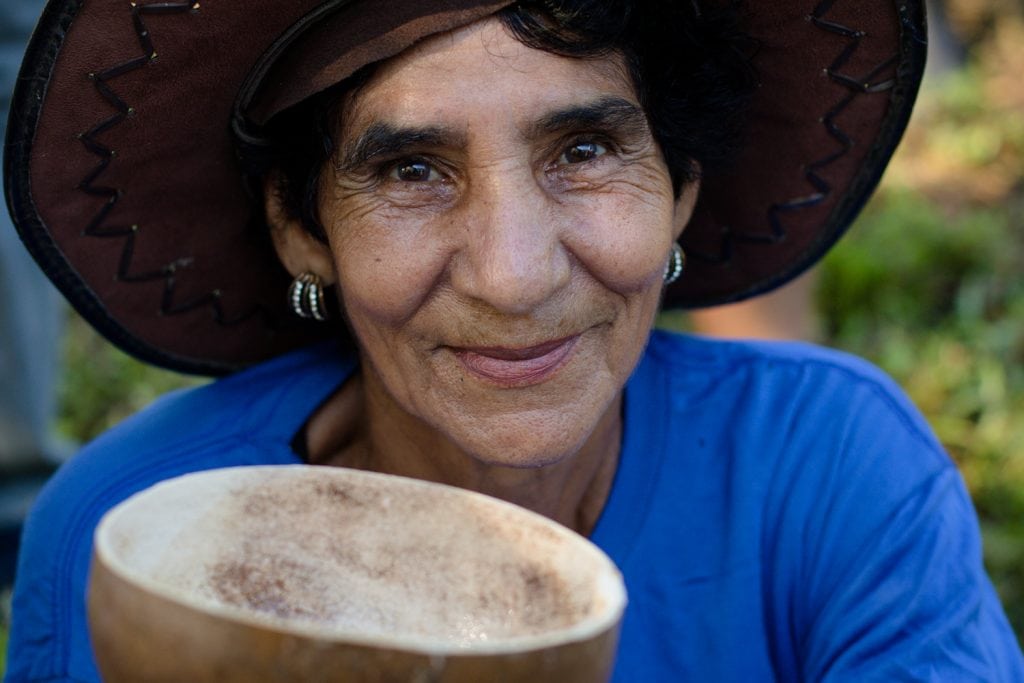
The Zompopa (whose name is Odeth Mora) is a faithful attendee at the woodchopping event. After carrying the carts of wood, she sits down to drink chicheme.
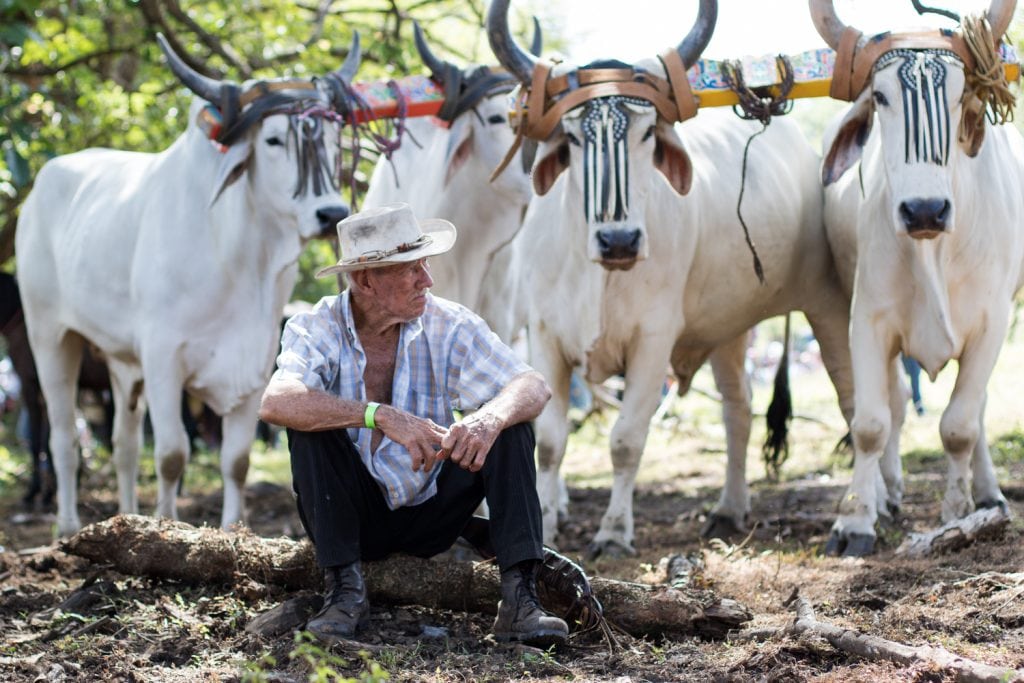
An oxherd waits for a lunch of creole food that the guild’s cooks will hand out for free while the wood carts are filled before they return in a parade to downtown Nicoya.
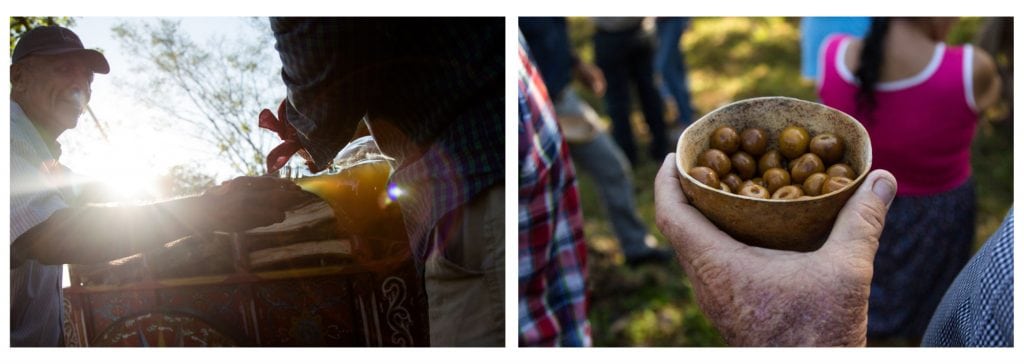
Starting early on, you can drink tiste (a drink of chocolate with rice), chicheme and distilled nanche.
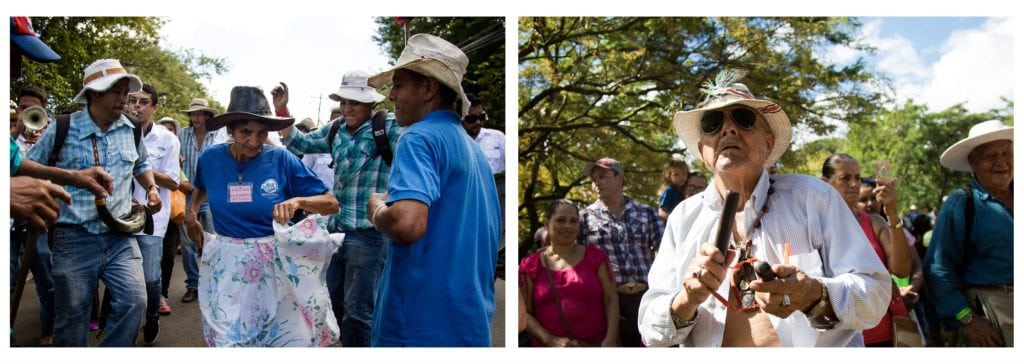
Once chopped and collected, all the wood will be used in the next year’s festivities. The woodcutters and the carriers return together with carts and bands to downtown Nicoya.
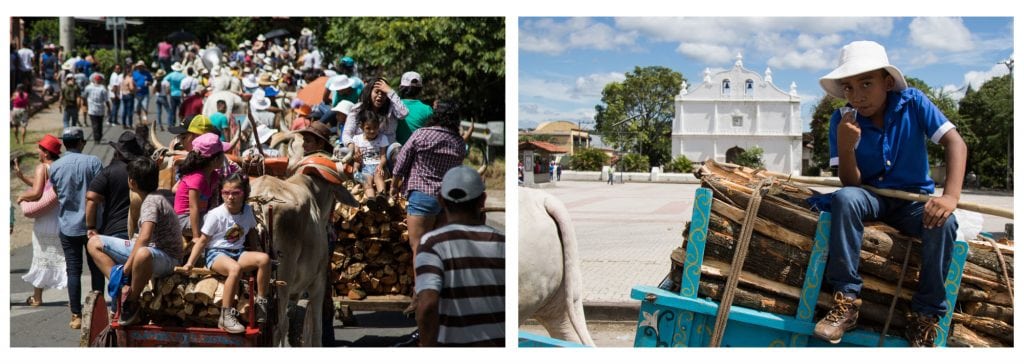
This year, more than 50 carts paraded down the streets of the colonial city. Some came from places as far away as Sarchí.



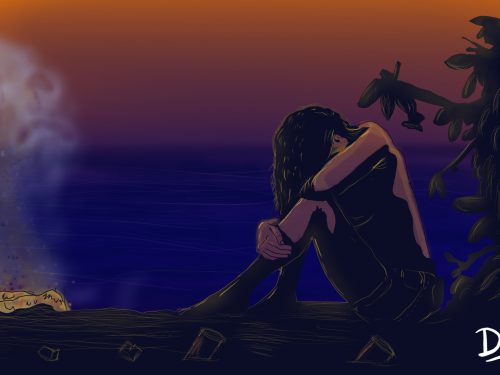
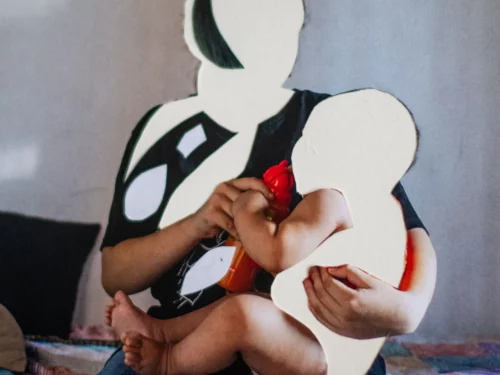


Comments